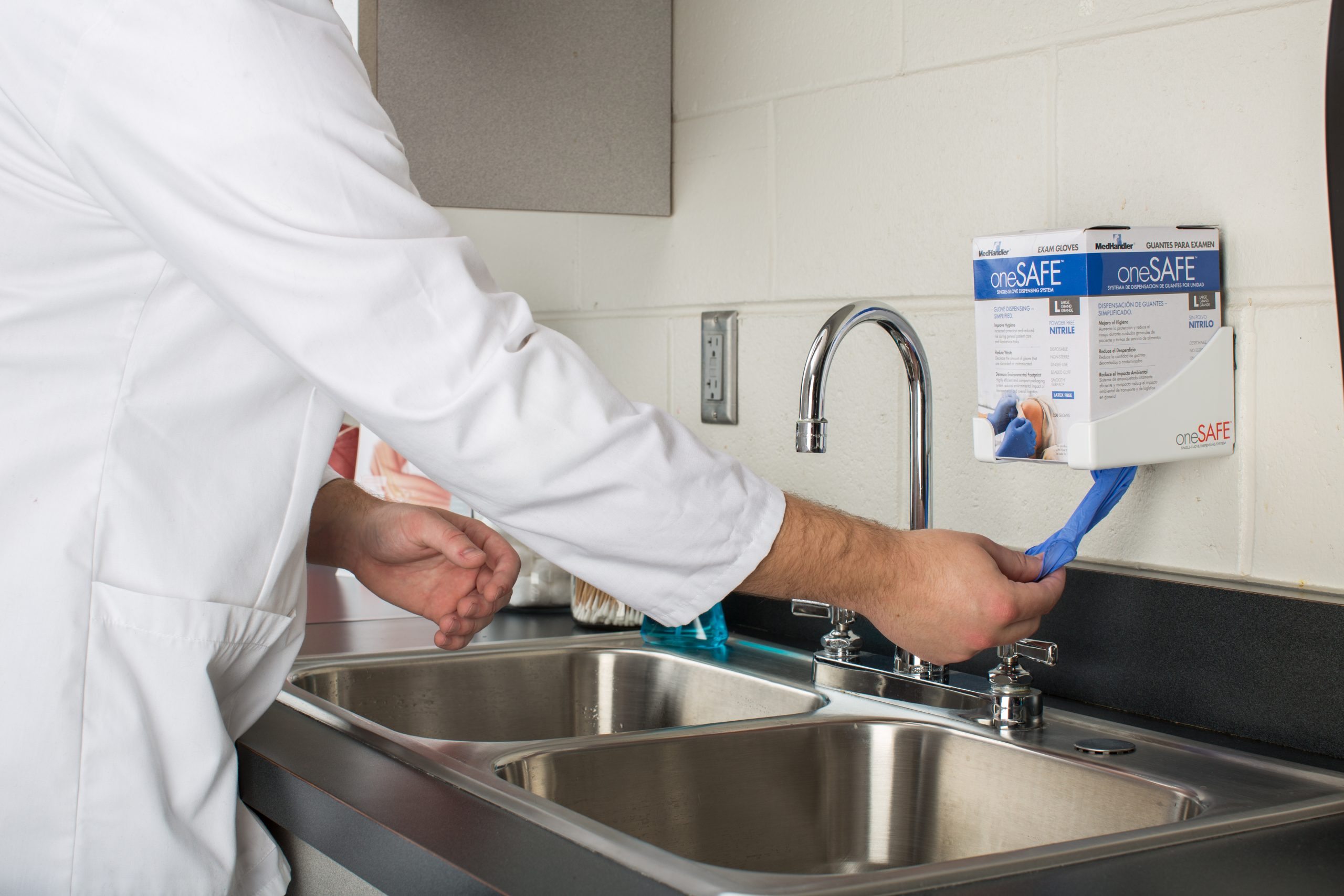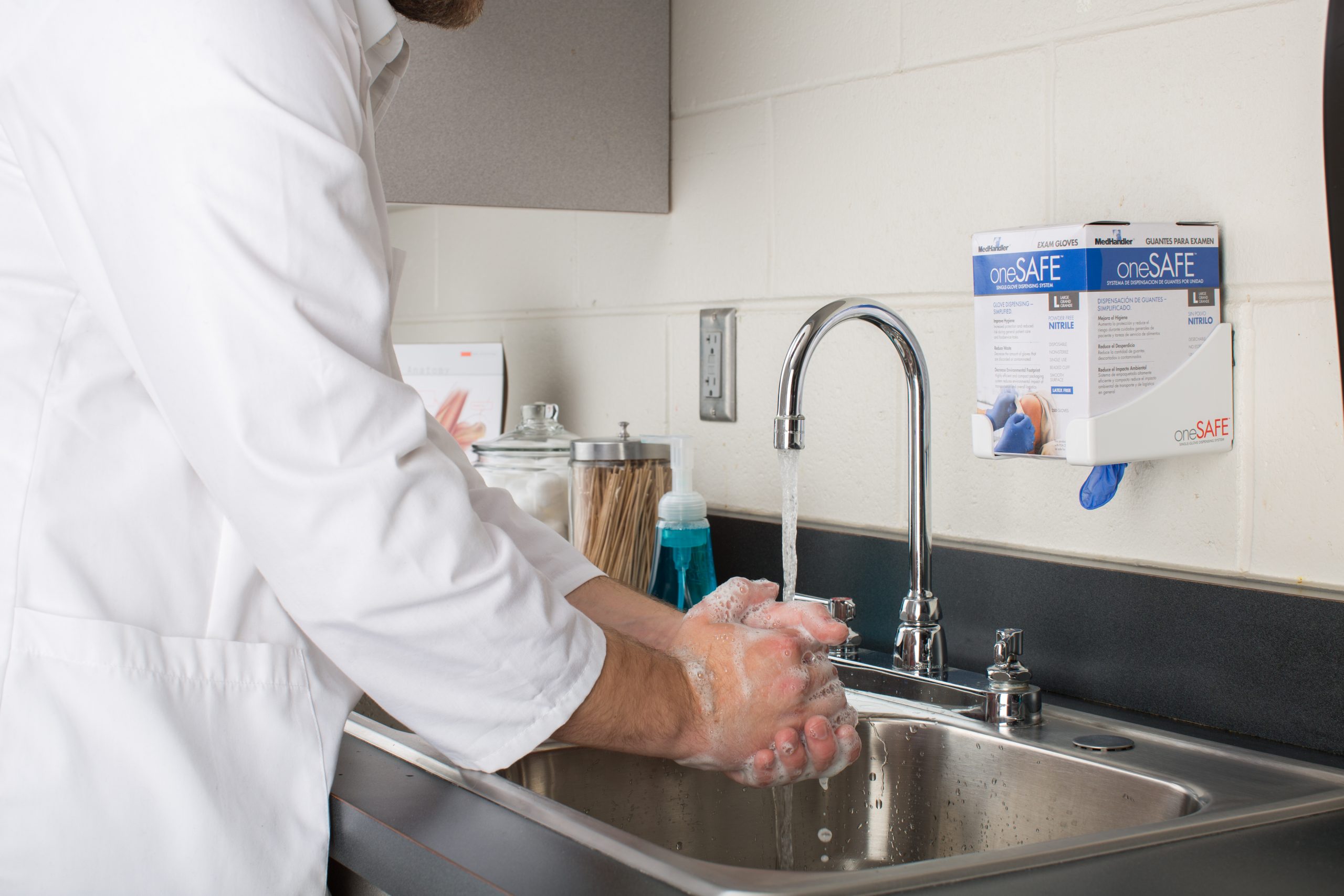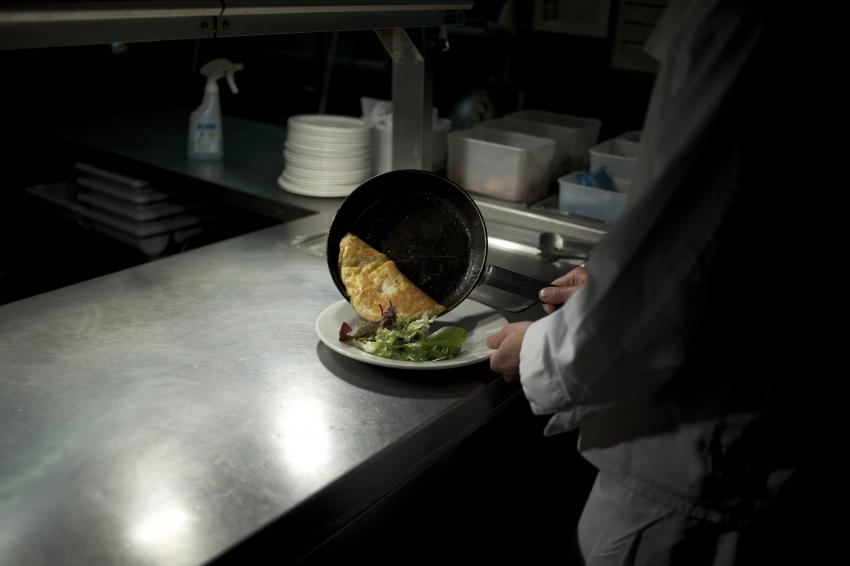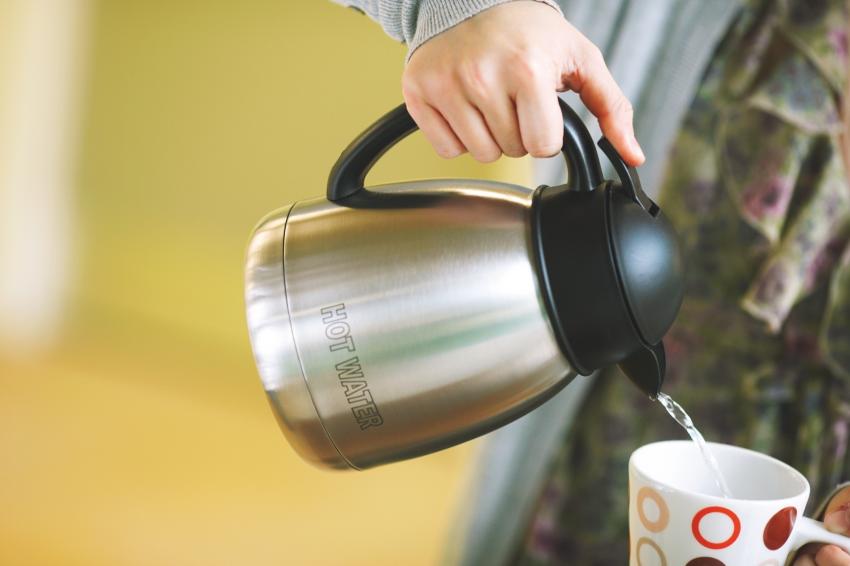From Farm to Fork: Knowing the Importance of Food Origins
In the foodservice industry, maintaining high standards for the food that comes into your back door is important – both from a food quality and a food safety perspective. One often overlooked aspect of achieving these standards is knowing the source of your food. Understanding where your ingredients come from can significantly impact your operation, food safety, customer satisfaction, and overall business success.
Many operators, including myself, ordered most of our items from a national broadline distributor. While mistsakes can happen in any business, these businesses generally do an excellent job of ensuring the food that they source to sell to you comes from reputable and established producers and growers. But, as we enter the summer months and fresh produce is readily available from local purveyors, food safety is an important aspect to keep in mind.
One misconception we often hear in programs such as farm to school or other farm to business programs is the thought that if a product is local, it must be safe. While this may be the case, it is not always true. The National Outbreak Reporting System data showed that from 2009 through 2021, there were over 2,000 outbreaks related to fresh produce, causing over 48,000 illnesses and 65 deaths. Granted, this data doesn’t show the source of the product in terms of a local supplier vs. a broadline distributor. But, when you get the product locally, you need to make sure the grower applies the same safeguards to the growing of that product than those who supply your local broadline distributor would.
While the farmer down the street may have a great product, ask the right questions, and ensure she or he follows the same practices that you might expect in your own kitchen.
A good starting point in discussing safety and quality with any local grower is to ask about what Good Agricultural Practices (GAP) training or certification they have received. While having certification is not a requirement, it can tell you a bit about their background related to these practices.
If possible, visit the farm and observe their practices. Or sit down with the grower and ask about things such as pesticide and chemical use, irrigation, and transport.
Many farmers use pesticides or other chemicals on their crops. If not applied correctly or if the produce is not properly washed before consumption, residues of these chemicals can remain on the fruits and vegetables, posing health risks.
If irrigation is used, ask the grower what the source of the water is and if testing is done on the water. In recent years, produce has been contaminated by pathogens like E. coli or Salmonella from soil, water sources, or handling practices. Improper irrigation, animal waste runoff, or poor hygiene during harvesting and processing can contribute to contamination.
Even if the produce is safe when harvested, mishandling during transport or improper storage conditions can lead to cross-contamination. For example, if fruits and vegetables come into contact with unclean surfaces or are stored at incorrect temperatures, they can become contaminated. How does the grower transport the product from the farm to your place of business? If she or he uses a truck (for example), what else is the truck used for? For example, was a dog or potentially livestock in the back of the truck the day before?
Small-scale local farmers may have limited resources or access to training on food safety practices. Without proper knowledge or infrastructure, they may inadvertently compromise the safety of their produce.
My colleagues at Iowa State University have a great resource available for the purchasing of local produce – and the best part, the price is right – free! Check out their Checklist for Retail Purchasing of Local Fresh Produce for an excellent resource that will help you ensure the safety of local produce as it comes into your operation. While the farmer down the street may have a great product, ask the right questions, and ensure she or he follows the same practices that you might expect in your own kitchen. Risk Nothing.
READ MORE POSTS
Food Service Hand Hygiene: Basic Handwashing – Part II
Ignoring handwashing as a priority is easy until faced with a crippling lawsuit. Your risk of transmitting a foodborne disease via a food workers hands will never be zero, but the good news is training your crew about handwashing is not complicated. Molding behavior to do it at the right time, using the correct method is the tough part. The Centers for Disease Control & Prevention says the single most effective way to stop the spread of infection is through handwashing. Last month’s article was on the physical equipment to help get better handwashing compliance. The most important part is the practice of the basic handwashing steps:
The Physical Elements of Food Service Hand Hygiene – Part I
September is National Food Safety Education Month and the theme has a rhyme to it – “Keep Hands Clean with Good Hygiene”. Hand washing is one of the public’s best defenses against the spread of both common and rare, even life-threatening, diseases including those caused by food, and against gastrointestinal infections caused by such organisms as the Norovirus, which plagues the cruise ship industry and food service in general.
The Incredible, Edible Egg Safety Quiz
This nutritious, delicate food is a part of many food service menus as a main course and one of the most common ingredients. The U.S. Dept. of Agriculture says Americans consume an average of 234 eggs per person per year. Eggs have also been the source of some significant foodborne outbreaks in the U.S. from one specific type of Salmonella. While eggs are an important source of protein in the diet, an estimated 1 in 20,000 eggs in the U.S. supply will contain the SE (Salmonella Enteritidis) bacteria and can cause illness if eaten raw in foods or not thoroughly cooked before consumption.
Fetching a Pail of Good, Safe Water
In the ambitious fight for food safety, don’t overlook the safety and quality of the crystal clear liquid coming out of your faucet. The United States has controls in place to ensure we have potable (safe) water that is treated and filtered to make it taste better and have no odor. Water standards and treatment are also important in food service so we don’t need a repairman twice a year to chip away the block of lime on the dishwashers heating element with a hammer and chisel in order to replace it.










